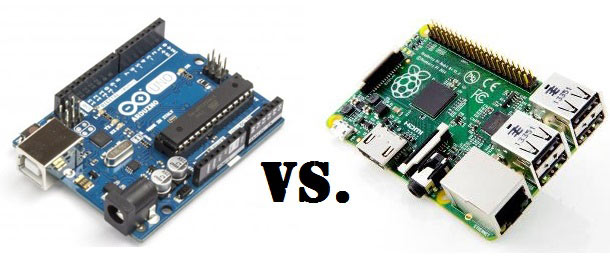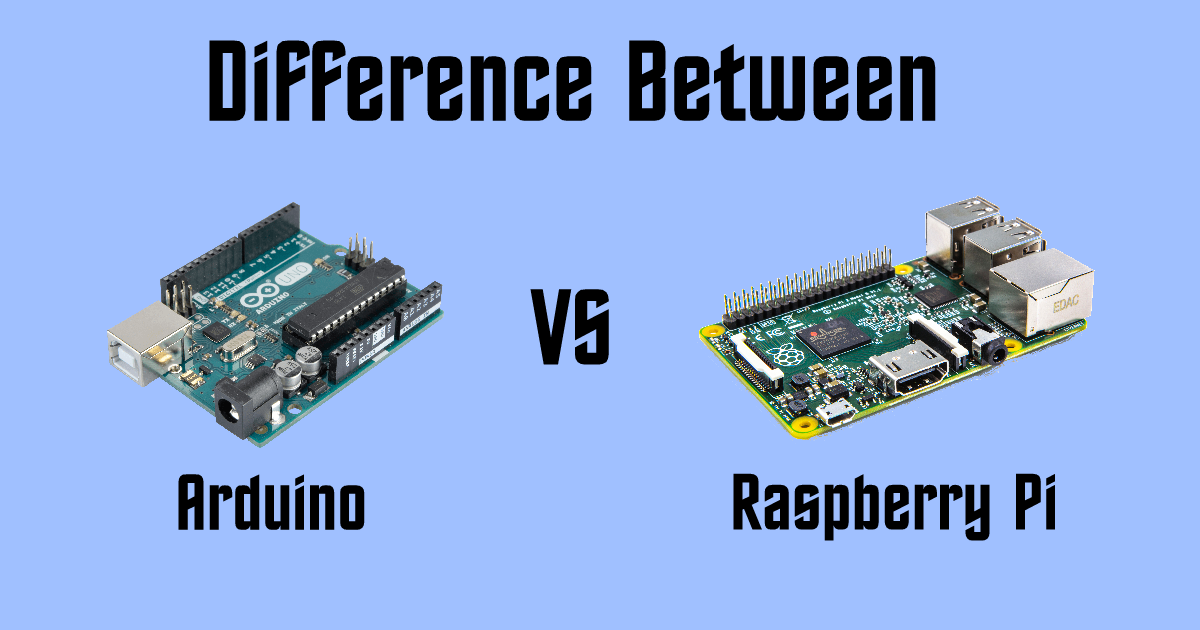
Both boards have advantages and disadvantages that only professionals can explain. While there are a variety of single-board computers on the market, Arduino and Raspberry Pi are the most popular among students and professionals. A microprocessor, input/output, memory, and other functionalities are included.
#Arduino vs raspberry pi full#
To clarify, single-board computers are single circuit boards that perform all of the functions of a full computer. Its capacity to create a variety of programs and a simple learning curve for beginners are both noteworthy. Most electronic enthusiasts who wish to learn to code for various reasons use single-board computers. For many, however, the Arduino Uno has remained the go-to board. The Arduino Uno, Leonardo, Nano, Due, and even a short-lived Intel project board. Since its conception, the Arduino has seen a variety of models.

But if you don’t require much computational power, a Raspberry Pi Zero W costs only $10 (a Pi Zero costs $5 but doesn’t have Wi-Fi). The Raspberry Pi 4 (2GB) costs $35 right now. There is no such thing as a “one board” that will address all of our problems.įrom the first single-core CPU 256MB Model B in 2012 to the 8GB, quad-core CPU Raspberry Pi 4 in 2020, the Raspberry Pi has seen several variants. Let’s take a closer look at each of these boards, their advantages and disadvantages, and how they may assist us in creating projects that entertain and educate.

Despite being separate systems with distinct components and functions, both are excellent tools for novices. We’re going to look at Arduino and Raspberry Pi today.

Understanding how they differ can be tough when it comes to selecting the right board.ĭon’t worry we’re here to assist you. What is an Arduino, exactly? What is a Raspberry Pi, and how does it work? Raspberry Pi or Arduino, which one is better? A development board can assist in the completion of a basic DIY electronics project.


 0 kommentar(er)
0 kommentar(er)
